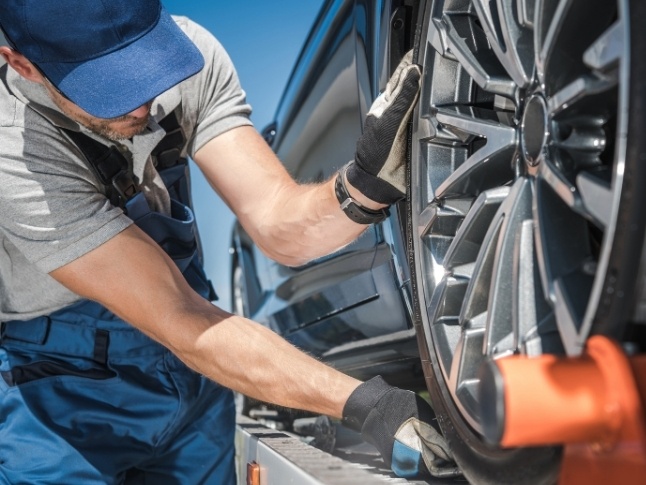Expert Car Maintenance Guide: When to Service What in 2025
Do you want your car to survive 250,000 miles and be worth $2,000 more when you sell it? Following the correct service plan is very important because almost half of all cars are behind on basic maintenance. This detailed guide tells you exactly what to do and when to do it, which will help you prevent expensive repairs and make your automobile last as long as possible.
Essential Maintenance Milestones
To keep your car's worth and make it last longer, you need to take care of it regularly. Recent research shows that a car that is well taken care of can be worth $2,000 more when it is sold than one that is not. Basic services start at 5,000 miles and go on to key milestones at 50,000, 100,000, and beyond. These are the most important times to do maintenance.
For cars that are used normally, the basic maintenance schedule calls for changing the oil every 5,000 to 7,500 miles for regular oil or every 10,000 miles for synthetic oil. Every 10,000 miles, you should rotate your tires and check or change your air filters.
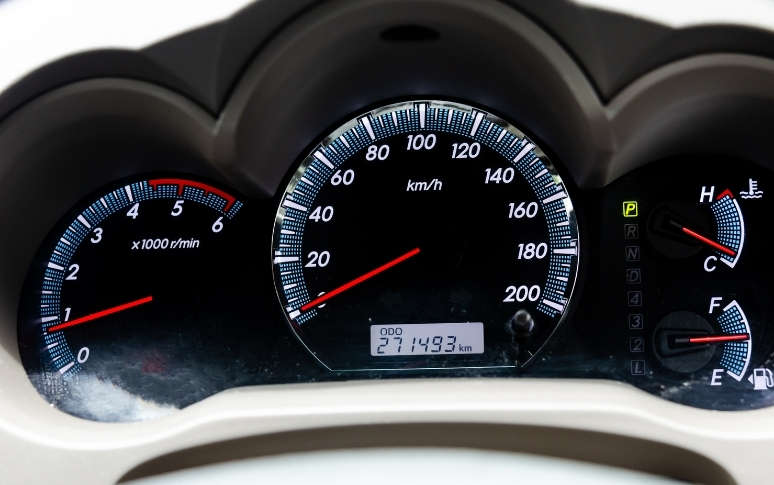
Early-Stage Maintenance (Under 36,000 Miles)
The first three years of owning a car are quite important for learning how to take care of it. Most cars are still protected by the manufacturer's warranty during this time, so it's important to stick to the suggested service schedules to keep that coverage.
During this time, changing the oil, rotating the tires, and replacing the filters are all important services. Schedule a full mechanical examination right before your three-year warranty runs out so that any problems can be fixed while they are still covered.
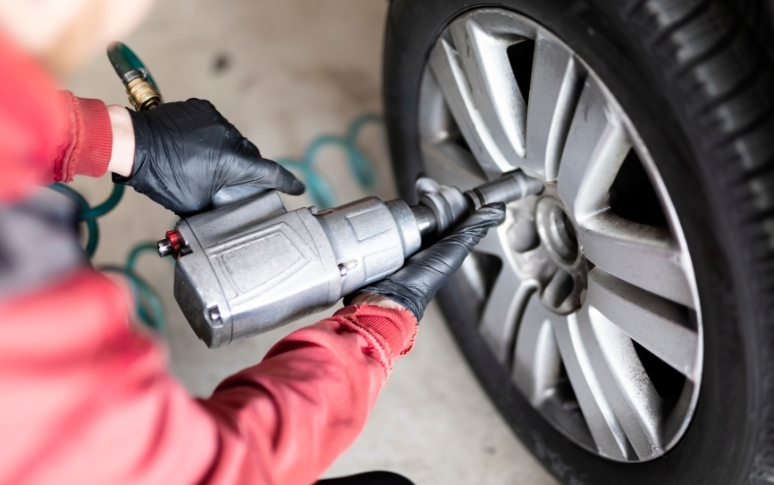
Mid-Life Services (50,000-100,000 Miles)
Vehicles need extra maintenance as they reach 50,000 miles. This involves checking the exhaust and suspension systems, changing the transmission fluid and filter, and replacing the brake pads. These treatments usually cost between $500 and $1,000, but they can save you a lot of money on problems later.
The 60,000-mile service is very significant since it includes changing the spark plugs, tires, and checking all the belts and hoses. If your car has a timing belt, it's very important to change it at the time specified by the manufacturer to avoid serious damage to the engine.
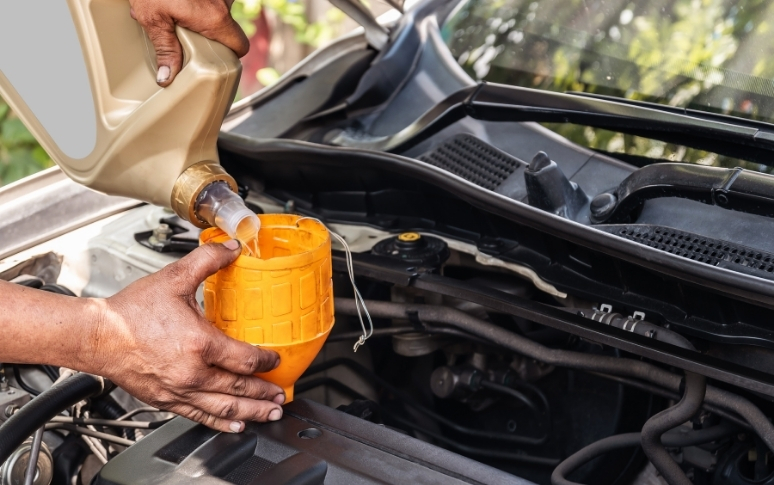
High-Mileage Maintenance (100,000+ Miles)
Cars that have driven 100,000 miles need specific care to keep working well. To reach this milestone, you need to replace parts that last a long time, like high-mileage coolants and special spark plugs. A thorough mechanical check might help find problems before they get too big.
At 125,000 miles, the focus changes to repairing worn-out parts including shocks, struts, and other sensors. These services are necessary for keeping safety and performance, even though they cost a lot. At this point, it is even more important to replace fluids regularly.
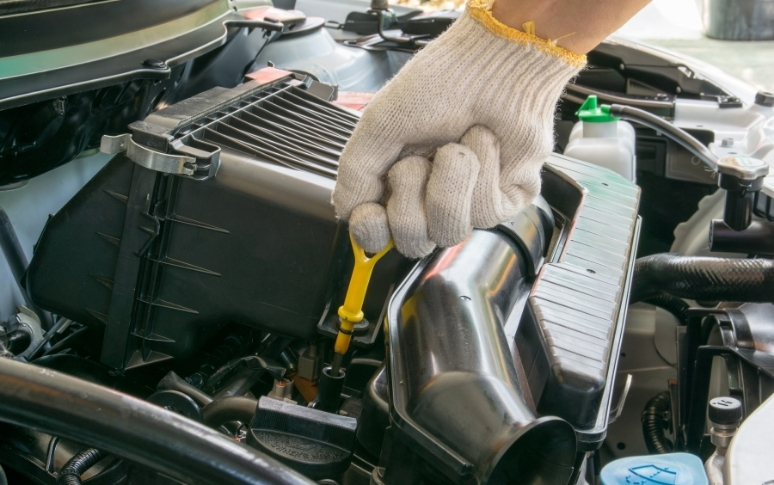
Electric Vehicle Special Considerations
Electric vehicles (EVs) need quite different maintenance regimens. EVs get rid of more than two dozen mechanical parts that need regular service in ordinary cars. This means lower maintenance costs and easier servicing schedules.
The major things you need to do to keep your EV running are rotate the tires every 7,500 miles, change the cabin air filter every 15,000 miles, and change the brake fluid every 30,000 miles. These cars still need basic maintenance, although they are usually cheaper and easier to maintain than regular cars.
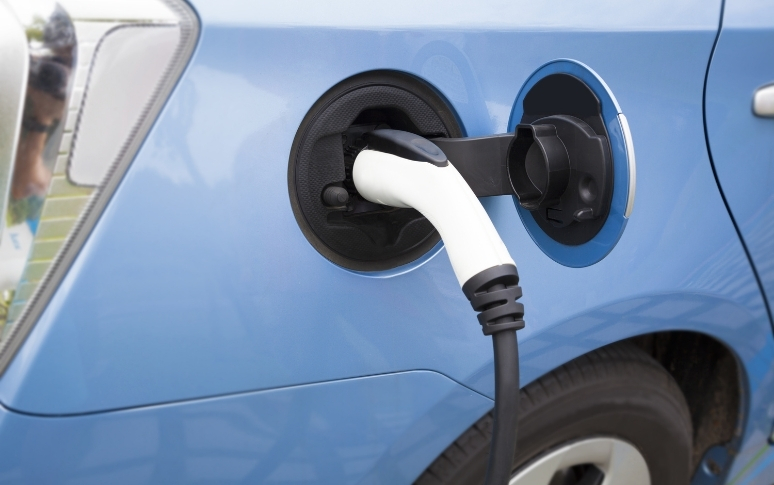
DIY vs. Professional Maintenance
You can do some maintenance activities at home, but others need professional help and special tools. Checking fluid levels, tire pressure, and doing basic checks are all things you can do at home. These frequent examinations might help find problems before they get worse.
You need professional help for complicated tasks like transmission service, fixing the brake system, and doing substantial electrical maintenance. To protect your warranty and resale value, always keep complete records of both DIY and expert maintenance.

Cost-Saving Maintenance Strategies
If you plan ahead for maintenance, you can save thousands of dollars over the life of your car. Instead of the more aggressive service intervals that some repair businesses propose, start by following the timetable that the manufacturer recommends. For instance, contemporary synthetic oils can often be changed every 10,000 miles instead of the old 3,000 miles.
Set aside money each month for expected services to establish a maintenance fund. This helps you prevent financial stress when big services are required and makes sure you don't overlook vital maintenance because you're worried about the expense.

Warning Signs and Preventive Care
Learn how to spot early symptoms of possible problems. You should look into any strange noises, vibrations, or changes in how your car works right away. Cleaning your car regularly and protecting it from the weather are also very important for its long-term health.
Keep accurate service records and use modern tools like maintenance tracking apps to make sure you stay on schedule. These records not only help you keep track of when servicing is due, but they also serve as important proof for warranty claims and future sales.





